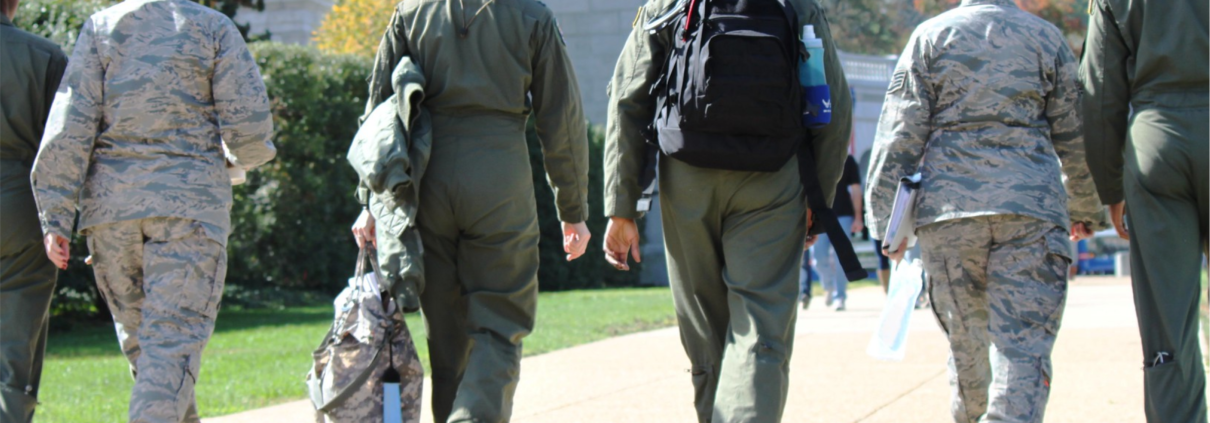Women Veterans, the fastest growing group in the veteran community
In recent years, women veterans have emerged as a dynamic and rapidly growing segment of the veteran community, reshaping perceptions and challenging stereotypes. As the fastest-growing group within the veteran population, women veterans bring a unique perspective and invaluable contributions to the military and civilian sectors alike. In this article, we explore the evolving role of women veterans, celebrate their achievements, and advocate for greater recognition and support for their needs.
Breaking Barriers:
Historically, the military has been predominantly male-dominated, with women serving in limited roles and facing systemic barriers to advancement. However, over the past few decades, significant strides have been made towards gender equality within the armed forces. Women now serve in virtually every branch of the military and across a wide range of occupational specialties, from combat roles to leadership positions.
Despite these advancements, women veterans continue to encounter challenges and disparities in areas such as healthcare, employment, and access to resources. Recognizing and addressing these disparities is essential to ensuring the well-being and success of women veterans as they transition from military service to civilian life.
Unique Experiences and Contributions:
Women veterans bring a diverse range of experiences and perspectives shaped by their military service. From combat deployments to humanitarian missions, women have demonstrated resilience, leadership, and dedication in the face of adversity. Their contributions extend beyond the battlefield, encompassing roles as mentors, caregivers, entrepreneurs, and community leaders.
Moreover, women veterans play a vital role in advocating for issues that affect their fellow service members, such as gender-based violence, sexual harassment and assault, and equitable access to healthcare and benefits. Their voices are instrumental in driving positive change within the military and advocating for policies that promote inclusivity and equality.
Supporting Women Veterans:
To ensure the success and well-being of women veterans, it is essential to provide tailored support services and resources that address their unique needs. This includes access to comprehensive healthcare, mental health services, employment assistance, education benefits, and housing support.
Furthermore, fostering a culture of inclusivity and respect within the military and civilian sectors is critical to supporting women veterans as they transition to civilian life. This involves challenging stereotypes, combating discrimination and bias, and creating opportunities for women veterans to thrive in their chosen fields.
Additionally, initiatives that promote mentorship, networking, and peer support among women veterans can help build a sense of community and solidarity. By harnessing the collective strength and resilience of women veterans, we can create a more supportive and inclusive environment for all members of the veteran community.
Conclusion:
Women veterans are a force to be reckoned with, reshaping the landscape of the veteran community and inspiring future generations with their courage, resilience, and leadership. As the fastest-growing group within the veteran population, women veterans deserve recognition, support, and opportunities to thrive in their post-military lives. By championing their contributions, advocating for their needs, and fostering a culture of inclusivity, we can honor the legacy of women veterans and ensure they receive the respect and support they deserve.



